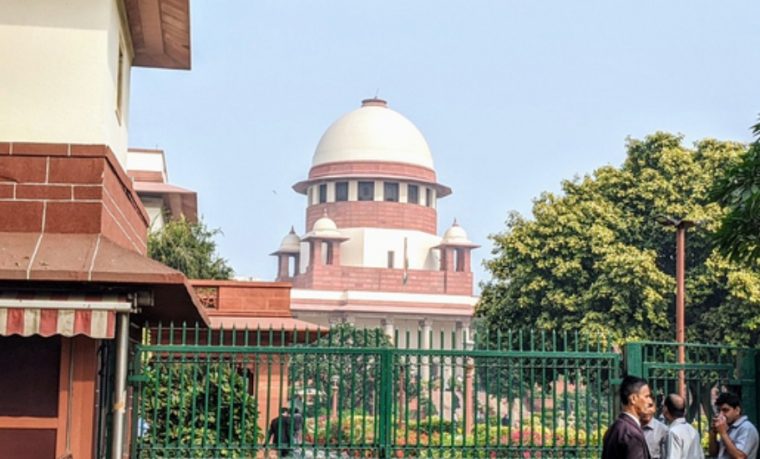
Hathras case: SC to hear plea seeking former-judge-led probe

The Supreme Court on Tuesday (October 6) will hear a PIL seeking a probe, either by the CBI or a special investigation team (SIT) headed by a former high court or Supreme Court judge, into the alleged gang-rape of a 19-year-old Dalit girl in Uttar Pradesh Hathras.
The PIL will be heard by a bench comprising Chief Justice of India SA Bobde and justices AS Bopanna and V Ramasubramanian.
The subsequent death of the victim who suffered grievous injuries due to the alleged rape and her cremation by police in the dead of the night while her family was locked up, have created a huge public outrage, triggering protest marches across the country.
The petition filed by social activist Satyama Dubey in the apex court requests a “fair” investigation including steps against police for inaction, a hush-hush funeral of the victim and thwarting attempts of political parties to meet the victim’s family.
The petitioner has also prayed the court to shift the trial from Uttar Pradesh to Delhi.
Related news: From ‘international conspiracy’ to ‘caste tug’: Where is Hathras headed?
The Yogi Adityanath government which had entrusted an SIT with the investigation of the case, recently recommended a CBI probe, after facing flak from opposition parties.
While the four accused in the case have been arrested, five cops including the Superintendent of Police of Hathras have been suspended for inability to handle the case.
The Dalit woman was allegedly raped by four Upper Caste men on September 14 while she was working in the fields. The woman who sustained severe injuries due to the assault, told police that she was raped on September 22 from her hospital bed in Aligarh, following which her samples were sent for forensic examination.
Agra’s Forensic Science Laboratory, which released its report recently, however, has found no proof of rape in the samples of the woman. Experts, have dismissed any such report, considering that the samples were collected 11 days after the rape.

